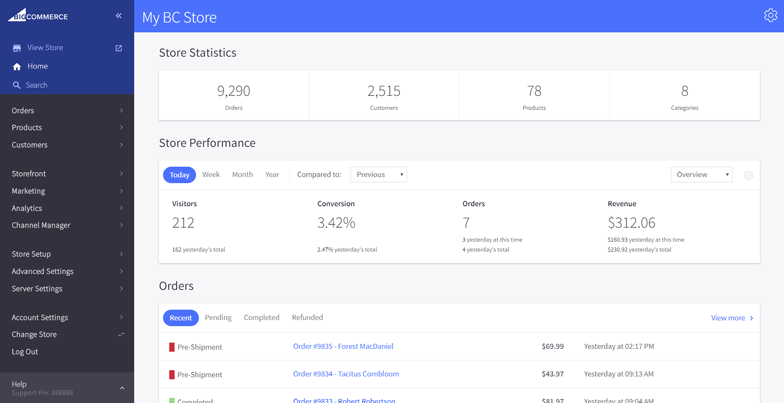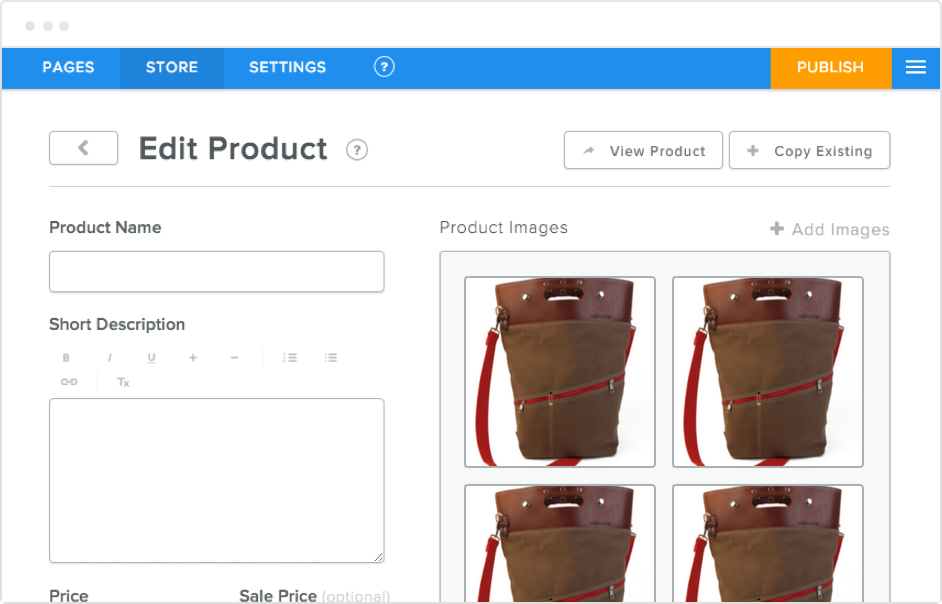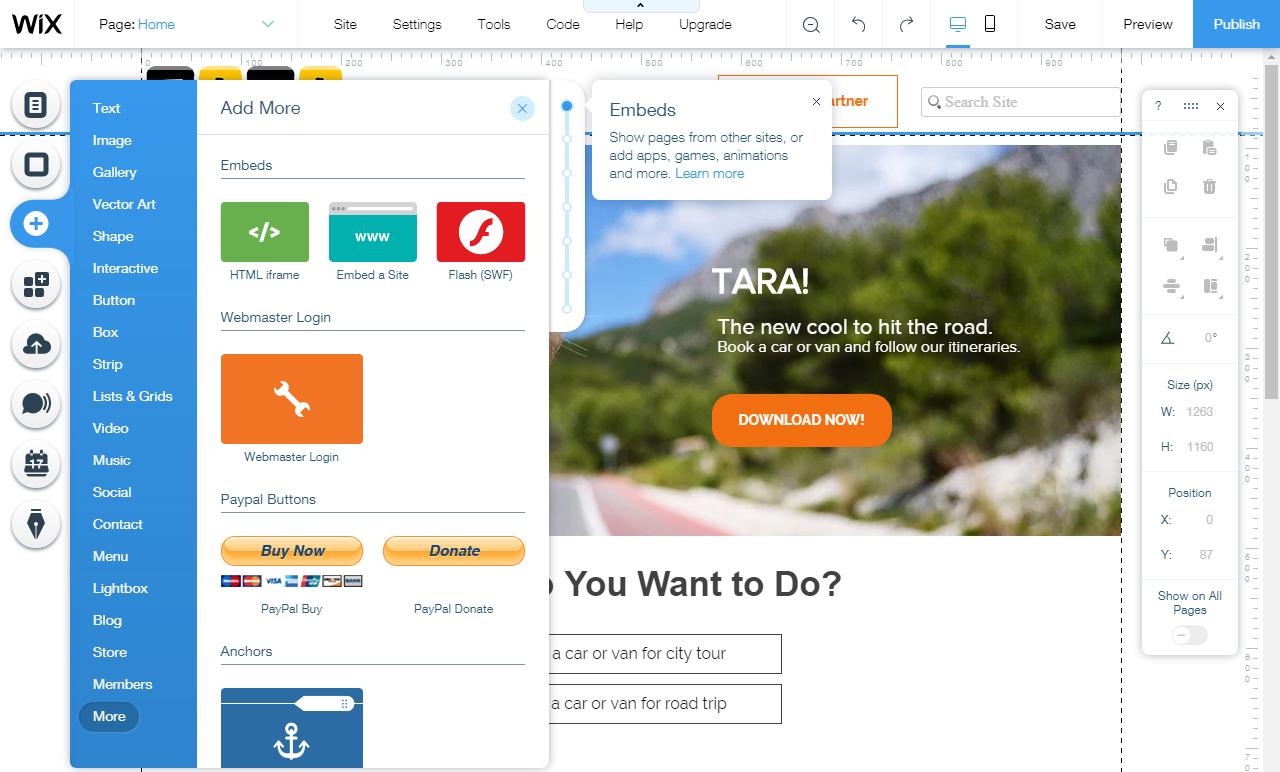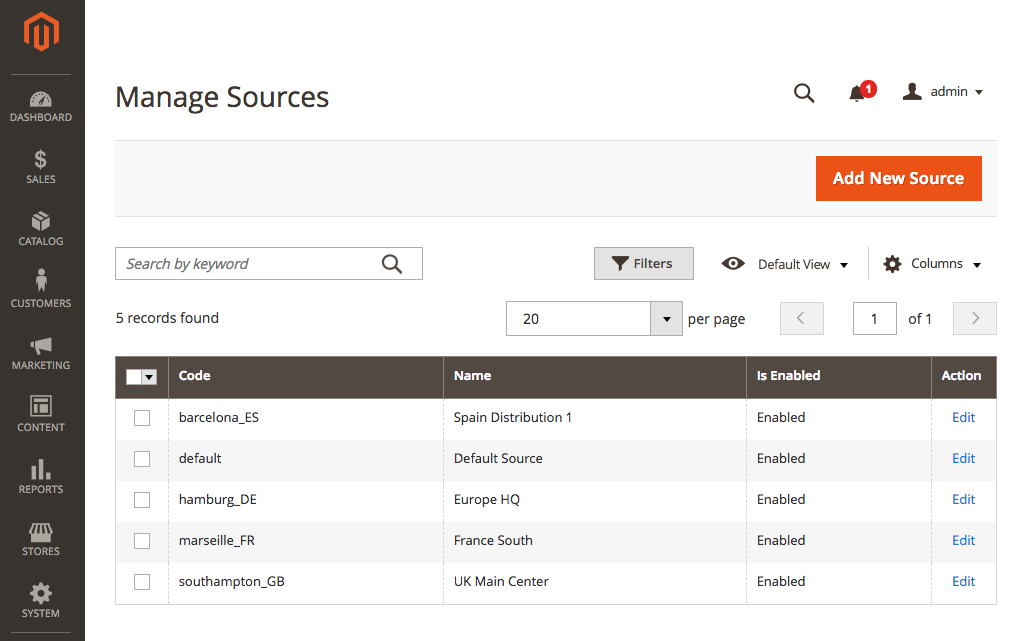6 alternatives to Shopify
With millions of merchants using Shopify, there’s no question that the platform is a leader in the field. Fans say it’s remarkably easy to use, and they love the fact that it’s an all-in-one platform that provides all your e-commerce tools in one place.
But that doesn’t mean Shopify is the best choice for every entrepreneur. You may prefer more customization options, a broader menu of plugins, or a simpler website builder. Maybe you’re just researching the options. Regardless of why, if you’re looking for an e-commerce platform, here are five Shopify alternatives that experienced online business owners recommend.
1. Jotform Store Builder
Shopify certainly offers a breadth of functionality for small businesses. However, for those who have never built their own online store before, it can seem overwhelming. Jotform Store Builder is an excellent Shopify alternative for those who prefer a no-code option or for those who don’t want to go down the very large rabbit hole of the Shopify ecosystem. Trusted by over 19 million users worldwide, Jotform has grown from a form-building tool to a full online store-building solution.
The drag-and-drop user interface in Jotform Store Builder is simple, and it comes with over 100 templates, similar to the number offered by Shopify. In addition, Jotform Store Builder offers over 80 widgets to add functionality and make your store stand out, such as product lists, image galleries, and videos. Shopify comes with hundreds of widgets, but beginning users can get going with just a few.
Shopify can be a good choice for small businesses that don’t have a website in place and want to begin an e-commerce venture. However, for businesses that already have a WordPress website and want to simply add e-commerce functionality, Jotform provides an e-commerce plug-in for online merchants. The Jotform shopping cart can be embedded into an existing WordPress site within seconds, giving customers the ability to make purchases right away.
Jotform Store Builder competes well with Shopify when it comes to customization. Both platforms enable businesses to add their own branding, colors, and visuals; for most small companies, the simple branding elements offered by Jotform do the job well. But if you want more advanced customized branding options, you might want to try Shopify.
2. BigCommerce

Currently, there are only about 47,500 live sites built on BigCommerce, making it a distant competitor to Shopify in terms of users. However, BigCommerce’s broad customization suite and built-in SEO features have won it many champions in the e-commerce industry.
If your business relies on organic traffic through search engines, and you don’t want to wrestle with (or pay for) third-party plugins, BigCommerce might be a better choice than Shopify. The platform offers “excellent SEO capabilities right out of the box,” says Marco Baatjes, founder of e-commerce blog Bottom Line Cents. “With Shopify, you need to get expensive apps to improve your SEO.”
3. Weebly

Weebly’s claim to fame is the remarkable simplicity of its website editor, which has earned it around 147,000 active e-commerce users.
Both Weebly and Shopify use What-You-See-Is-What-You-Get (WYSIWYG) content management systems, which means changes you make on the page are immediately visible, without having to preview or publish the site. Weebly’s drag-and-drop tools have virtually no learning curve; simply add or rearrange elements on the page with your mouse. Customizing your website in Shopify typically requires a bit more trial and error.
“Weebly is really easy to use, and beginners can quickly design a website,” Baatjes says. “However, compared to Shopify, designs can be quite limiting in terms of what you can change.”
More to the point, Weebly cannot compete with Shopify’s built-in e-commerce tools. For instance, Shopify is compatible with more than 100 payment providers, including PayPal and cryptocurrency processors. Weebly only supports Square, Stripe, and PayPal.
You can always add a Jotform payment form configured with the gateway of your choice to get around this limitation, but the wide discrepancy in options shows the differences between Shopify and Weebly.
If you’d like to gain a deeper insight into the comparison of the two solutions, make sure to explore our article Weebly vs Shopify.
4. Wix

Wix is similar to Weebly, and its comparison to Shopify follows along the same lines. Wix’s drag-and-drop site editor is easier to use than Shopify’s, but it doesn’t offer anywhere near as many built-in e-commerce tools.
“Wix seems super easy to turn into an online shop and, like Shopify, it holds your hand from start to finish as you design the website,” says Vince Martellacci, owner of marketing agency Forge Collective. But Wix’s backend store management tools — inventory management, payment gateway connectivity, upselling, and promotional add-ons — are more limited than Shopify’s.
It helps to think of Wix as a website editor with optional e-commerce functionality. Shopify, meanwhile, is a dedicated e-store builder. Every one of its features is designed to help business owners make sales.
However, Wix’s simplicity and a few new e-commerce tools, like the built-in drop shipping integration with Modalyst, have helped Wix become one of Shopify’s main competitors. There are more than 970,000 live sites using the Wix e-commerce platform today.
Create and embed powerful Wix forms in your site. Follow our guide to learn more about how to add Jotform to your Wix site easily.
5. WooCommerce

WooCommerce is the most widely used e-commerce platform on the web today, powering sales on more than 3.8 million sites. But it’s in a fundamentally different class than Shopify, which makes a side-by-side comparison difficult.
Shopify is an all-in-one platform, complete with a website builder, content management system (CMS), and e-commerce management tools. If you’re starting an e-commerce business from scratch, Shopify provides everything you need on a single platform.
WooCommerce, on the other hand, is a WordPress plugin. It will let you turn an existing WordPress website into an e-store, but you’ll have to do your site building and content management within WordPress.
In short, WooCommerce is a great choice for owners of existing WordPress sites who want to move into online sales. But first-time online sellers can save a lot of time and frustration by opting for the all-in-one choice, Shopify.
Already tried WooCommerce? Check out eight of the best WooCommerce alternatives to find something that works for you.
6. Adobe Commerce

Adobe Commerce, formerly known as Magento, is an open-source e-commerce CMS system, which means its source code is available for coders to manipulate as they see fit. Web developers may choose Adobe Commerce over Shopify for this reason alone. With enough technical know-how, you can make a Magento website do anything you want.
But a new drag-and-drop website editor called Adobe Commerce Page Builder also makes the platform available to less technically advanced users. With Page Builder, Adobe Commerce moves into closer competition with Shopify — although, with just over 185,000 live websites running on Adobe Commerce today, Shopify retains the lead.
“Magento was amazing,” says Jeff Moriarty, who has used both platforms for his jewelry business. “The customization and personalization options are endless. The problem is, Magento is expensive to run. Many unknown issues can arise, and every time there is an update or bug fix, it is pricey to update…. This is why we ended up sticking with Shopify.”
While there are plenty of strong Shopify alternatives on this list and beyond, the clarity of pricing, simplicity of use, and comprehensiveness of features make Shopify particularly popular. As with any business decision, it helps to research all the options before making a choice.




















Send Comment: